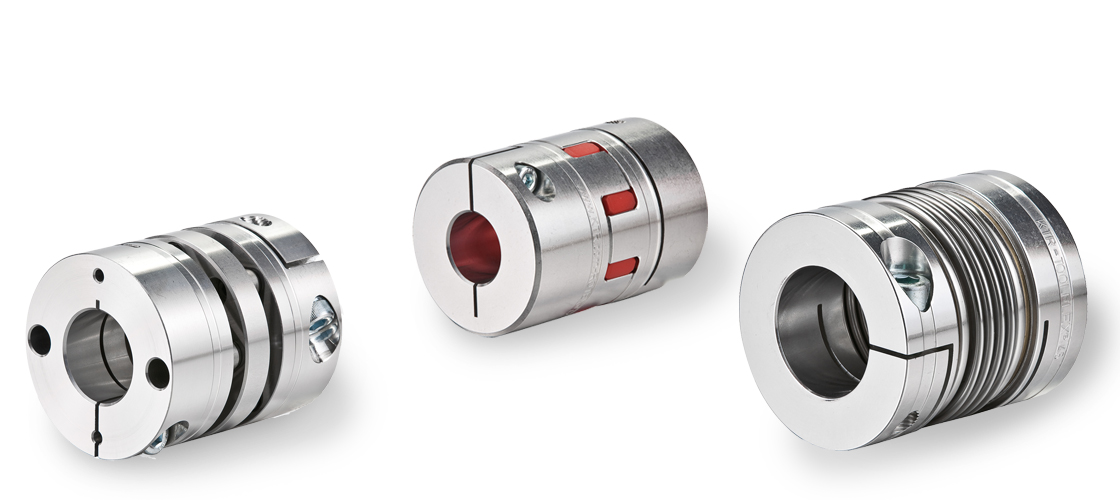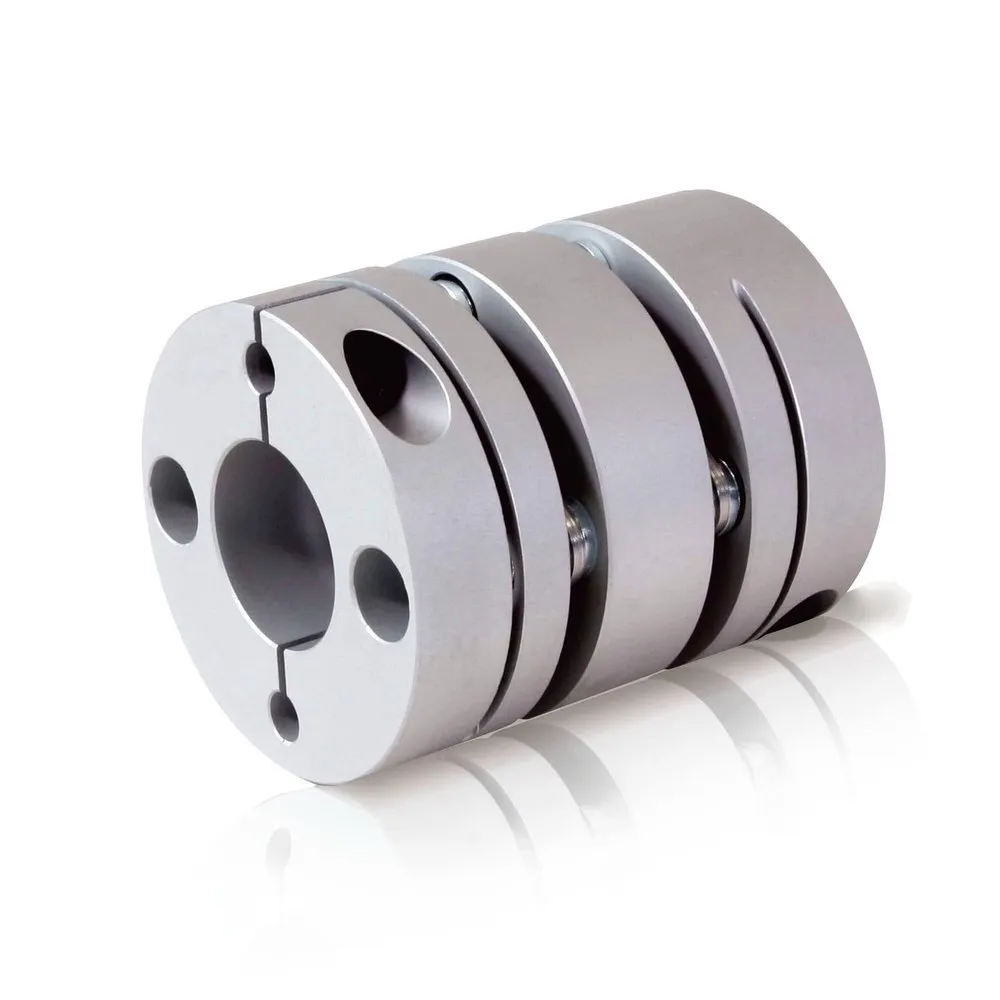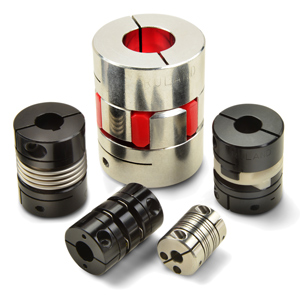Product Description
SG7-2M Automation servo motor Aluminum One-Piece Coupling
1. Product description :
| Material: | Aluminum Alloy | |||
| Applications: | Automation equipment and Servo Motor , CNC machine . Industrial large-scale cabinet, oven, test chamber , Container. Truck. |
|||
| Biological medical equipment, Lab equipment , Vehicle.Cabinet | ||||
| Surface Finishing: | Brightness chrome plated, Polishing | |||
| Installation: | Easy to install, Left and right side install | |||
| Features: | Durable, Secure, High Quality | |||
| Advantages: | 1.Variety types fpr selection, prompt deliver | |||
| 2.Well-equipped with extensive sales network | ||||
| 3.Advanced Production equipment and production technique) | ||||
| 4.Competitive Price(Factory direct price)with our good service | ||||
| 5.Different designs are available according to customers requests | ||||
| 6.Excellent quality testing equipment,100% inspection on critical dimension | ||||
| Quality Controlling: | ||||
| 1.QC control:100% inspection on critical dimension | ||||
| 2.Chek the material before the production | ||||
| 3.Have the random inspection during the productipn | ||||
| 4.Make the 100%inspection before the shipment | ||||
2. Drawing and picture
3. Company information :
4. Contact us :
/* March 10, 2571 17:59:20 */!function(){function s(e,r){var a,o={};try{e&&e.split(“,”).forEach(function(e,t){e&&(a=e.match(/(.*?):(.*)$/))&&1

Specific Safety Guidelines for Installing and Using Servo Couplings
Servo couplings are crucial components in motion control systems, and their installation and usage require adherence to specific safety guidelines to ensure safe operation and prevent accidents. Here are some essential safety considerations:
- Read the Manufacturer’s Instructions:
Always read and follow the manufacturer’s installation and usage instructions for the specific servo coupling model. Each coupling may have unique requirements and limitations that need to be understood before installation.
- Inspect the Coupling:
Prior to installation, inspect the servo coupling for any signs of damage or defects. Do not use a coupling that appears to be damaged, as it may compromise the overall performance and safety of the system.
- Proper Alignment:
Ensure the correct alignment of the shafts before installing the servo coupling. Misalignment can cause excessive stress on the coupling and lead to premature failure.
- Secure Mounting:
Ensure that the servo coupling is securely mounted to the shafts and other components. Use appropriate fasteners and follow torque specifications provided by the manufacturer.
- Use Safety Guards:
In some applications, moving parts of the servo coupling may pose a risk of entanglement or pinch points. Consider using safety guards or covers to protect personnel from potential hazards.
- Stay within Load and Torque Ratings:
Do not exceed the maximum load and torque ratings specified by the manufacturer. Overloading the servo coupling can lead to catastrophic failure.
- Regular Inspection and Maintenance:
Perform regular inspections of the servo coupling and associated components. Check for wear, misalignment, and any other issues that may affect the coupling’s performance.
- Operating Environment:
Consider the operating environment and choose a servo coupling material that can withstand the conditions, such as temperature, humidity, and exposure to chemicals.
- Electric Safety:
If the servo coupling contains electrical components, follow electrical safety guidelines when installing and connecting these elements.
- Training and Awareness:
Ensure that personnel involved in the installation, operation, and maintenance of the motion control system are adequately trained and aware of the safety guidelines and potential hazards.
Following these safety guidelines will help ensure the safe and efficient operation of the servo coupling and contribute to the overall safety of the motion control system and personnel involved.

Real-World Examples of Successful Servo Coupling Installations
There are numerous real-world examples where servo couplings have played a vital role in improving performance and reliability in various industrial applications. Here are some successful servo coupling installations:
- Robotics and Automation: In robotic arms and automated manufacturing systems, servo couplings are used to connect the motor to the joint or the end-effector. They provide precise motion control, allowing robots to perform intricate tasks with accuracy and speed.
- CNC Machining: CNC machines use servo couplings to connect the motor to the lead screw or ball screw, translating rotary motion into linear motion. This ensures high precision and repeatability in machining operations.
- Printing and Packaging: Servo couplings are employed in printing presses and packaging machines to drive rollers, feeders, and other components. They enable smooth and synchronized movement, leading to efficient printing and packaging processes.
- Medical Devices: Servo couplings are utilized in medical devices such as surgical robots, imaging systems, and prosthetic devices. They contribute to precise and controlled movements, enhancing the accuracy of medical procedures and diagnostics.
- Textile Machinery: Textile manufacturing equipment, such as weaving and knitting machines, employ servo couplings to control the movement of spindles, rollers, and fabric feed systems. This ensures consistent and uniform fabric production.
- Aerospace Applications: In aircraft and satellite systems, servo couplings are used in control surfaces, antenna positioning systems, and thrust vector control mechanisms. They help achieve precise movements and responsiveness in aerospace operations.
- Semiconductor Manufacturing: Servo couplings are essential in semiconductor manufacturing equipment for wafer handling, precision alignment, and robotic handling of delicate components.
- Renewable Energy: Wind turbines and solar tracking systems use servo couplings to adjust the blade pitch or solar panel angle for maximum energy efficiency in changing wind and sunlight conditions.
These examples demonstrate the widespread application of servo couplings across diverse industries, where their flexibility, precision, and reliability have proven crucial for successful operations.

What is a Servo Coupling, and Its Role in Servo Motor Systems
A servo coupling is a specialized type of coupling used in servo motor systems to connect the servo motor shaft to the driven load. Servo motor systems are widely used in various industries for precise motion control applications, where accuracy, speed, and torque control are crucial. The servo coupling plays a vital role in ensuring the efficient transfer of motion and torque from the servo motor to the driven load while compensating for misalignments between the motor and load shafts.
The main functions and role of a servo coupling in a servo motor system are as follows:
- Motion Transmission: The primary function of a servo coupling is to transmit motion from the shaft of the servo motor to the load. It connects the motor shaft to the driven load, such as a ball screw, gearbox, or another mechanical component, enabling the motor to drive and control the motion of the load precisely.
- Torque Transmission: In addition to motion, the servo coupling also transfers torque from the motor to the load. As the servo motor generates rotational force (torque), the coupling efficiently transmits this torque to the driven load, allowing it to perform its intended motion with the required force.
- Misalignment Compensation: Perfect alignment between the servo motor shaft and the load shaft is challenging to achieve in real-world applications. Any misalignment can cause detrimental effects, including increased wear, reduced performance, and premature failure. The servo coupling acts as a flexible element that can compensate for various types of misalignments, such as angular, parallel, and axial misalignments. This flexibility helps to maintain smooth and efficient power transmission even when the motor and load are not perfectly aligned.
- Damping of Vibrations: Servo motor systems often operate at high speeds and with rapid changes in direction. These dynamic movements can generate vibrations that may adversely affect the performance and lifespan of the system. A well-designed servo coupling can dampen these vibrations, providing a more stable and controlled motion to the load, reducing the risk of damage or inaccuracies.
- Backlash Minimization: Backlash refers to the play or gap between the teeth or components of the coupling when the direction of motion is reversed. Excessive backlash can result in lost motion and reduced precision. High-quality servo couplings are engineered to minimize backlash, ensuring accurate bidirectional motion control in the servo motor system.
Overall, a properly selected and installed servo coupling enhances the performance, efficiency, and reliability of servo motor systems. It protects sensitive components, such as bearings and motors, from excessive loads and vibrations, leading to extended equipment life and improved motion control capabilities.


editor by CX 2024-02-20
